What is PLB?
Personal Locator Beacon, commonly abbreviated as PLB, is a satellite communication device. It is used in environments where civilian communication equipment such as phones and internet are unavailable, such as forests, mountainous regions, rural areas, open seas, oceans, and so on. In case of an emergency, it sends a signal to space, which enables a call for help to be made via the international COSPAS-SARSAT satellite system.
The COSPAS-SARSAT satellite network system was established in the 1980s through a partnership between the United States, France, and the Soviet Union. Over the years, its scope has expanded, and it is now operational in 47 countries around the world.
PLBs are primarily used to save lives without delay, especially for individuals engaged in camping, mountaineering, hiking, and boating activities.
PLB Usage Areas
The COSPAS-SARSAT system provides emergency assistance services through ELT devices on planes and helicopters, and EPIRB devices on boats and ships. The main difference between these devices and PLBs is that they are designed to be resistant to environmental factors such as mechanical shock, impact, acceleration, and temperature. Additionally, many ELT and EPIRB models are equipped with automatic activation features. For example, ELTs can detect a crash with an acceleration of 2.3g or higher, and automatically send a distress signal to the COSPAS-SARSAT system. Similarly, EPIRBs on boats or ships can automatically activate if they detect flooding in their location.
PLBs do not have an automatic activation function. They are not designed for any specific vehicle and rely entirely on the user to manually activate them to send a distress signal. In contrast, ELTs and EPIRBs are often more expensive than PLBs due to their engineering and certification processes designed for automatic activation features and resistance to harsh environmental conditions.
Therefore, international maritime and aviation authorities allow the use of PLBs instead of ELTs or EPIRBs in certain scenarios and restrictions. This cost advantage has opened the way for aviation and maritime companies to use PLBs in some cases as well.
The situations where it is appropriate to use a PLB include:
- Participants of outdoor activities such as camping, mountaineering, and hiking
- Individuals and companies working in remote areas where there is no cellular phone coverage
- Small aircraft carrying less than two passengers and with a total weight including payload of less than 8 tons
- Aircraft in the testing, certification, or design and development phase
- Local flights with a route that does not go beyond 50 nautical miles (about 90 km) from the departure point
- All small boats and vessels within 2 nautical miles (3.6 km) from the coast and under 10 meters in length.
PLBs transmit location and identity information to the COSPAS-SARSAT system on the UHF band by sending an emergency distress signal. This signal must last for more than 24 hours. Pharus Tech is developing a PLB product with a signal transmission capability of up to 48 hours and waterproof feature. The PLBs, which will be certified in four different configurations named Lambda, Hermes, Ares, and Heracles, are planned to be released to the market, and they are expected to provide many advantages in terms of cost and technical specifications.
How to use PLB?
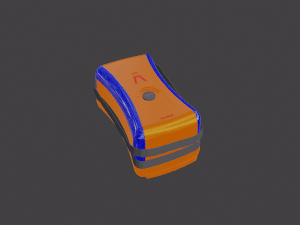
The ability of the COSPAS and SARSAT system to detect your emergency distress signal from your PLB depends on your location and the position of the satellites in space at the time of activation. Once your PLB starts transmitting the emergency distress signal, it is expected that COSPAS and SARSAT will detect your distress signal within a time frame ranging from 30 minutes to 4 hours. After the emergency distress detection by the COSPAS-SARSAT system, the relevant state authority of the country in which you are located will be promptly notified of the emergency situation. The search and rescue teams will be directed to your location based on the transmitted position from your PLB.
Before heading to an environment where a PLB might be necessary, it is crucial to ensure that your PLB is functioning properly. Battery insufficiency, antenna disconnection, mechanical damage, and other factors may cause the PLB to malfunction. In such a case, even if you need the signal, the PLB may not transmit the necessary signal. To ensure that your PLB is working properly, PLBs are equipped with a “Test” button. By pressing the Test button, you can determine if your PLB is ready to use. Detailed information on this can be found in the relevant PLB’s user manual.
Important Warning: Pressing the test button on PLBs results in a certain amount of battery consumption. Therefore, many PLB manufacturers specify a maximum number of tests for PLBs that come with a usage guarantee. Performing Tests beyond this number may cause the PLB’s battery to drop below critical levels. Battery replacement in PLBs is a vital process that must be performed by the manufacturer or an authorized company. Therefore, needlessly testing your PLB multiple times may result in you having to send the device back to the manufacturer for battery replacement and incurring service fees.
The Pharus Tech PLB has a lifespan of 5 years and allows for up to 20 tests during that time. Pharus Tech’s upcoming Zeus PLB, which is planned to be certified and released in the future, is expected to have a lifespan of 10 years and a test limit of over 40.
According to publicly available data from the international COSPAS-SARSAT organization, distress beacons have been instrumental in saving the lives of over 3,000 individuals every year.
Should you ever find yourself in a dire situation, regardless of the environment you may be in, PLB devices can offer you a glimmer of hope.
Author: [email protected]
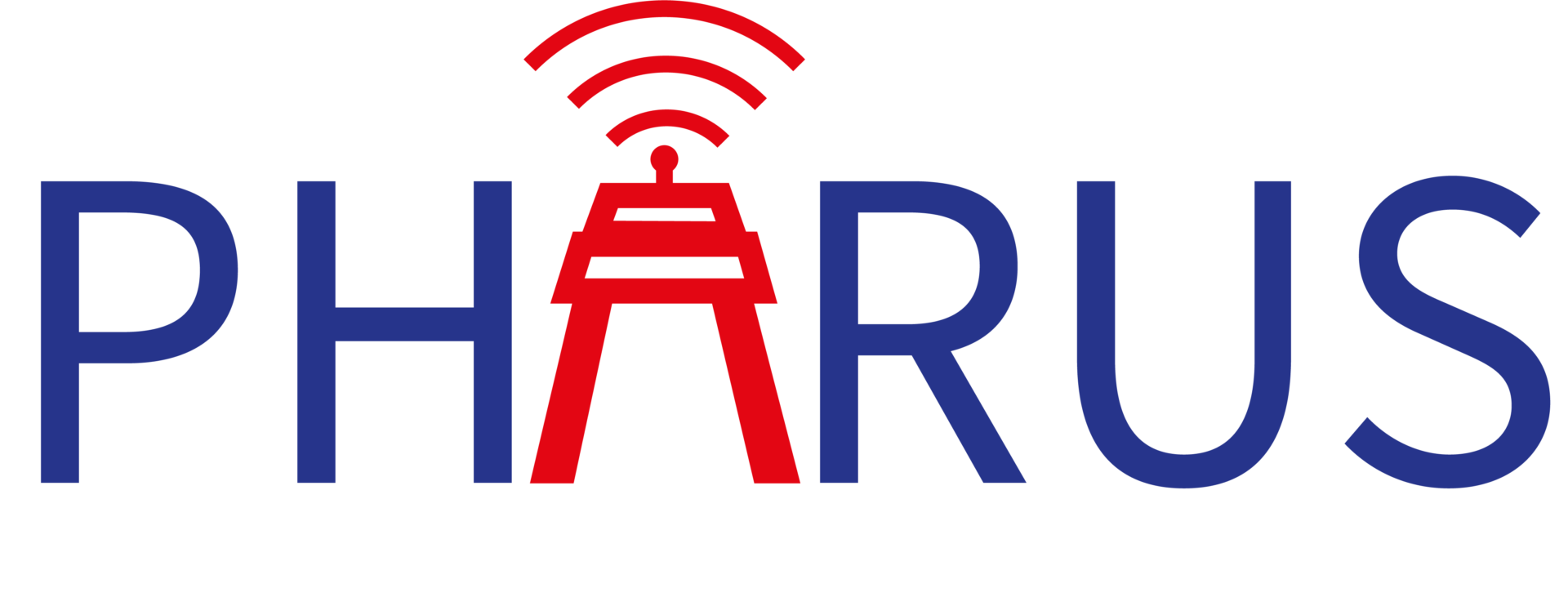

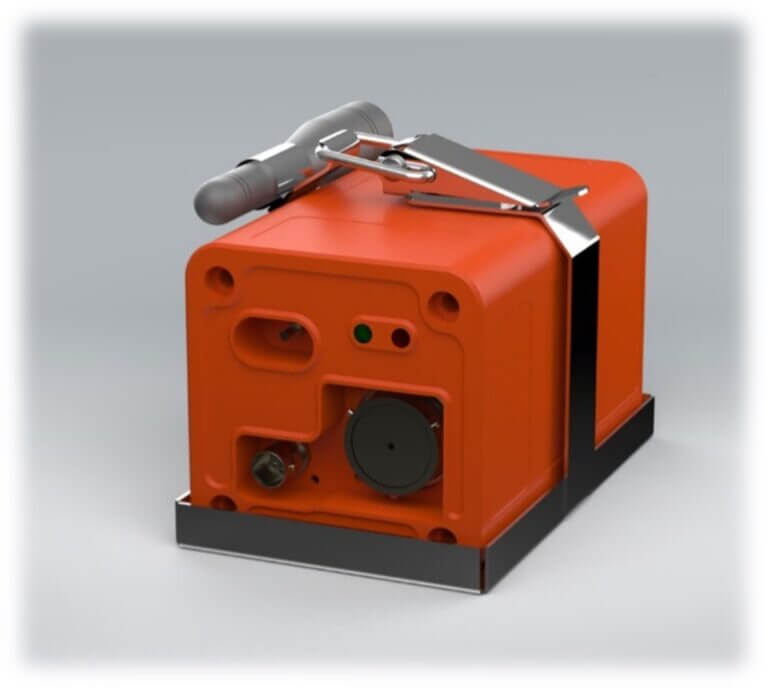

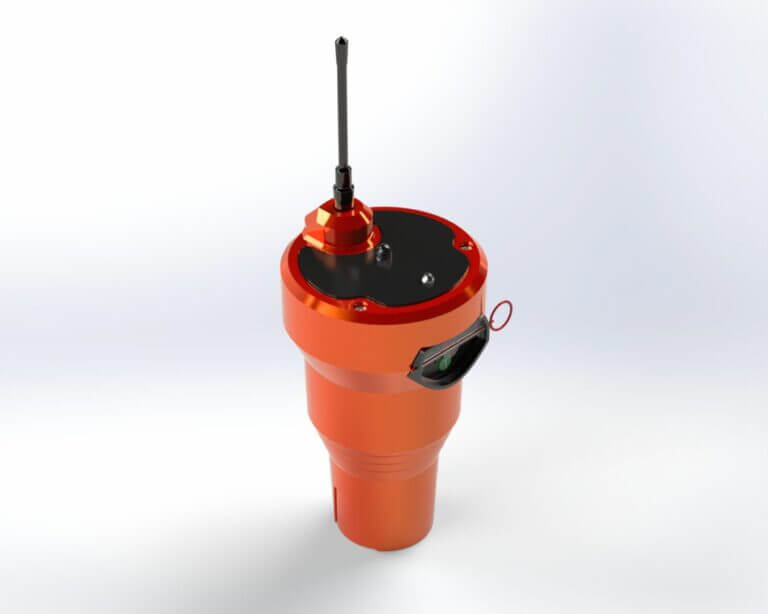
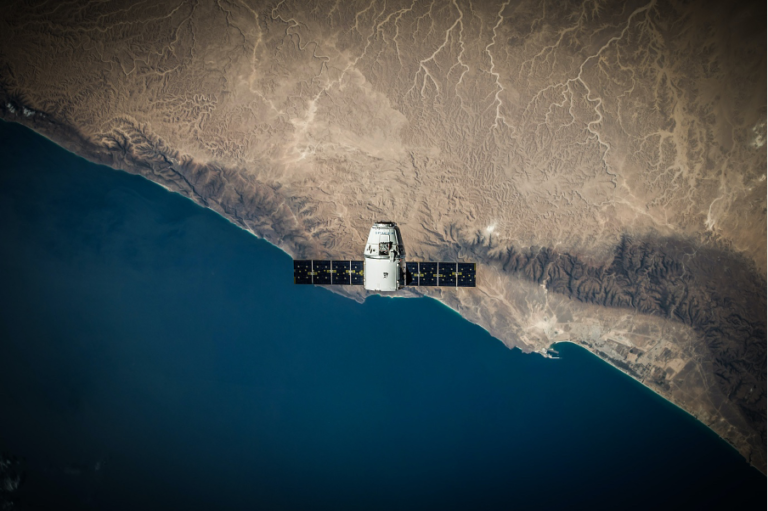



 Mor Teknoloji
Mor Teknoloji






